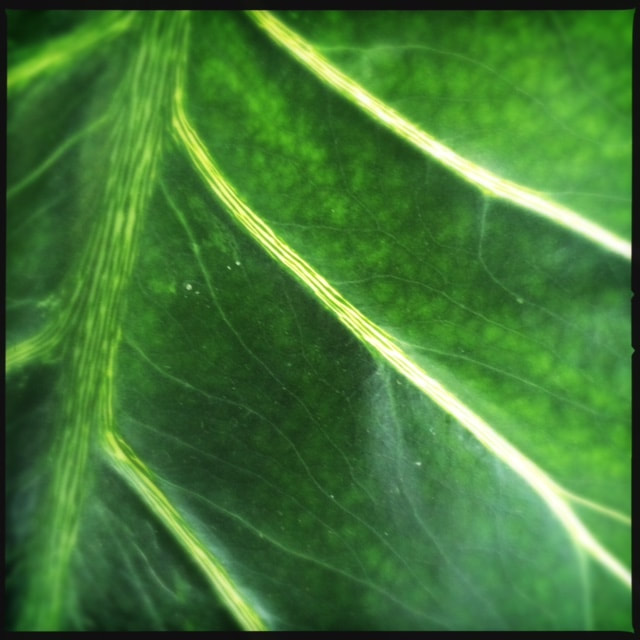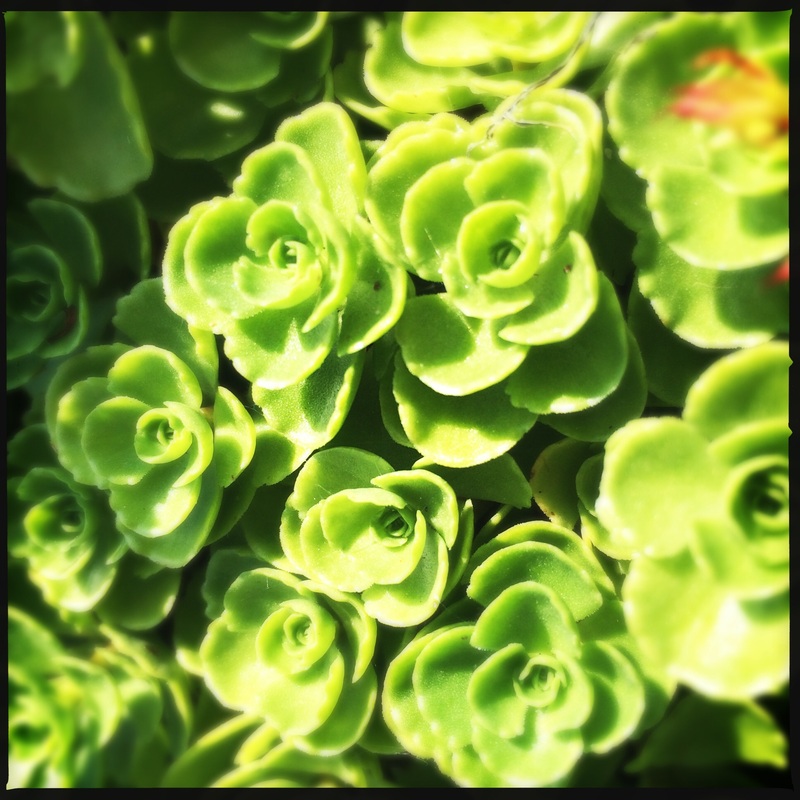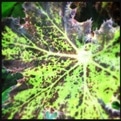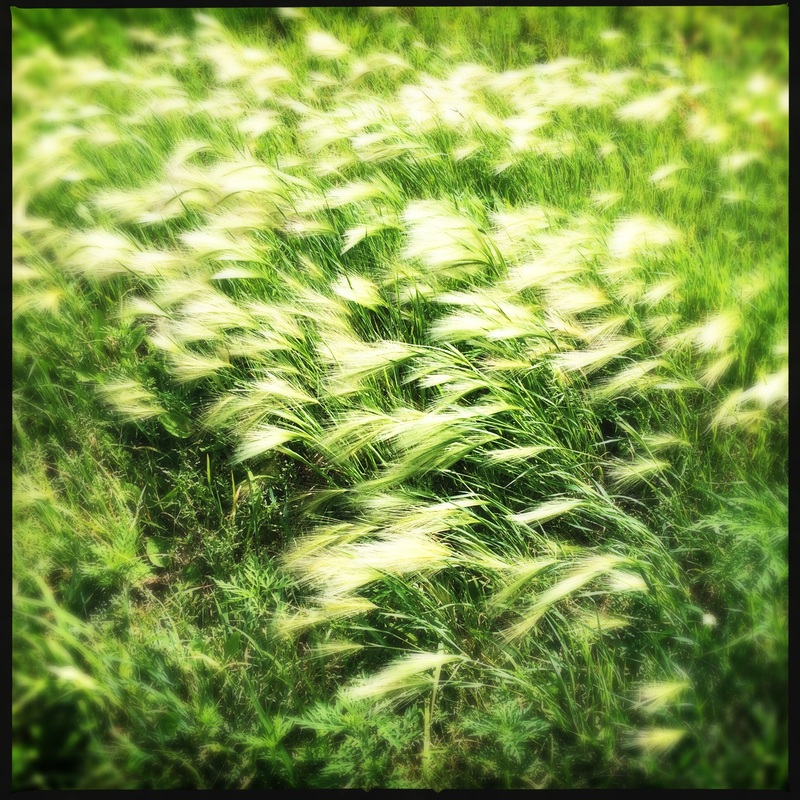Ending the Endless: The Art of Ending Personal Essays
Emily W. Blacker
5.1
|
When writing nonfiction, it can be particularly difficult to determine a stopping point that does not seem artificial or smack of, “And the moral of the story is….” Lopate writes, “A common mistake students make is to assume they need to tie up with a big bow the preceding matter via a grand statement of what it all means, or what the life lesson to be drawn from it is: too often the result is platitude” (59). This tendency is likely a function of our human wish to reach a clarifying conclusion. Readers want to know if the boy gets the girl, if the queen wins the war, if the mobster gets killed, etc. But real life rarely offers such clarity. In real life, the boy spends months trying to decode the girl’s text messages while the status of their relationship remains undefined. In real life, the queen employs complex diplomatic maneuvers that trouble the legitimacy of the war itself. And the mobster… no one knows what happens to him. Click here to continue reading.
|
"The World is Not Vague": Nonfiction and the Urgency of Fact
Marya Hornbacher
5.1
|
I am drawn to nonfiction for the same reason I am drawn to science: I like to know how things work. I like facts. I like their sharp definition, their substance, their heft; I like the noise that they make when you throw them at the wall, the onomatopoeia of the phrase in fact; it’s tactile, you can test it with your teeth to feel its grit, the way you would a pearl.
But the most powerful nonfiction reaches beyond the facts of the matter to get at something like truth. As both readers and writers, we turn to nonfiction with the abiding hope that it will help us understand this particular reality, this peculiar world, whether it’s Edward Abbey’s desert or Didion’s California or Kao Kalia Yang’s St. Paul. Scott Russell Sanders writes, “Each person we meet, each place we visit, each event in our lives, and for that matter the universe itself in its far-flung glory, all confront us as bits of perception and memory, inklings and intuitions, and we seem compelled…to bind these scraps in to a whole that makes sense.” Facts have edges; they don’t bleed into one another, there’s no penumbra of shadow where they overlap; one is never a little bit pregnant, or sort of dead, and there are no alternative facts. Truth isn’t like that; it’s not a fixed point, absolute zero, true north. It has dimension and angles and depth; it unfolds outward geometrically, like space; and like space, truth is expanding. We’re not narrowing it down. The more we think we know of truth, the more complicated and vast it becomes. Click here to continue reading. |
The Pen and the Needle: Intersections of Text and Textile in and as Nonfiction
Rachel May
5.1
|
As a writer of texts that include sewing, and a scholar of historic quilts, I’m invested in understanding how to “read” historic sewn work by women, and how I can use this knowledge to understand sewn-and-written work by women today. In her 1990 essay, “Of Pens and Needles: Sources in Early American Women’s History,” Laurel Thatcher Ulrich describes her process of researching colonial American women, and how difficult it was to find sources of their work. When she approached librarians to ask for help, their response was that Ulrich wouldn’t find anything. Of course, over time, she did, concluding that: “The problem, it seems to me, is not so much a dearth of sources or even the logistical problems in using them as it is the lack of appropriate conceptual frameworks for interpretation” (Ulrich “Of Pens…” 200, 201). She goes on to say that “women were everywhere” and that “Critical use of probate inventories and account books in combination with women’s letters and diaries, newspapers, court records, almanacs, traveler’s narratives, oral traditions, and surviving artifacts” can begin to answer the question of how “female economic life” played a part in colonial history (202). Ulrich used these methods to write several noteworthy books, including The Age of Homespun: Objects and Stories in the Creation of an American Myth (more on this momentarily), and won the Pulitzer Prize the year after this article, “Of Pens and Needles…,” and her book, A Midwife’s Tale, were published. Click here to continue reading.
|
Multiplicity from the Margins: The Expansive Truth of Intersectional Form
Jen Soriano
5.1
|
For too many writers, conventional expectations—and how they are institutionalized—can cause similar silences in life and on the page. Readers might expect a writer to identify as one thing: a person of color, a woman, a trans person or a domestic worker, for example. Editors might expect a work to be clearly “about” one thing with a disciplined point of view, a clear narrative arc, an opening, exposition, and authoritative conclusion. Publishers might expect an author to write in one distinct genre. These singular expectations may be useful and comfortable for those interested in maintaining the status quo. But for those of us in the margins of rule-making, singular expectations—and the way they are institutionalized—can perpetuate long histories of silencing and erasure.
I have written like this before: just in the form of conventional nonfiction; just as an Asian person; just as a woman; just as a disembodied objective white-sounding voice. With clarity and a takeaway message. This work of mine has been praised; yet this work has often left me empty; it has left me, to echo Audre Lorde, feeling mute as a bottle and no less afraid. And then I began to study literary nonfiction by authors from lo5.1 Sorianong-silenced communities, work by authors like Kazim Ali, Lily Hoang, Lauret Savoy, Robin Kimmerer and Bhanu Kapil. All of these writers resist oppressive forces of silencing and erasure to write what they feel must be told. And what must be told is complicated and uncomfortable and full of fragments, layers and gaps. This multiplicity of what must be told necessitates a distinct type of form; I call it “intersectional form.” Click here to continue reading. |




